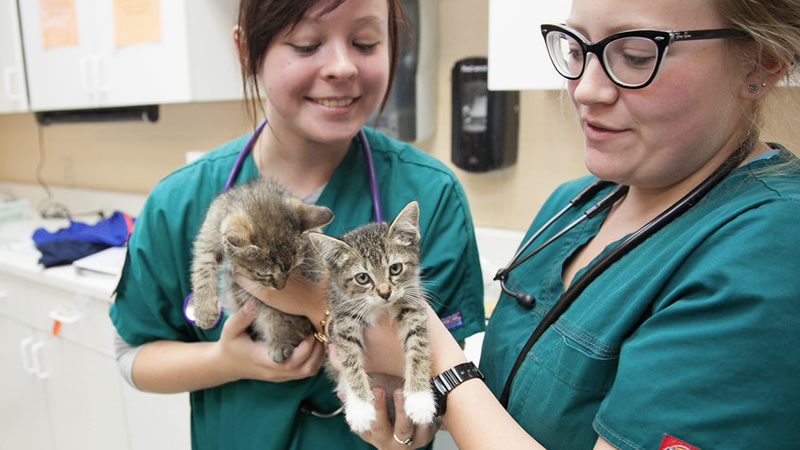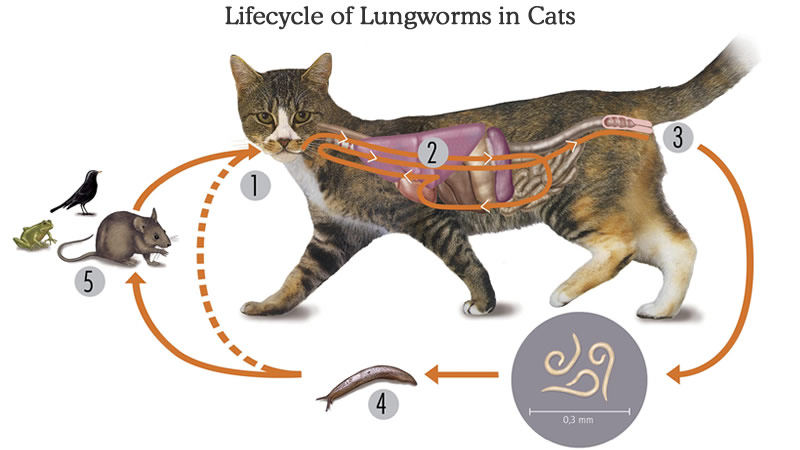
As a cat owner, there is a lot to know about parasites and how to protect your furry friend. The following information will help you understand lungworm and the dangers it can pose, the signs of lungworm infection and how to keep your cat protected.
What is lungworm?
Lungworm is a type of parasite that lives in the airways and small arteries of the lungs. An adult lungworm can live for 2 years in the lungs, and produce larvae that can be detected in the faeces. The female lungworm is about 9mm long and the male about 4-7mm long, so they can really impact your cat.
Why is lungworm so important?
The truth is that lungworms can cause serious damage to lung tissue, and lead to severe, life-threatening respiratory disease, especially in kittens, older cats and cats with weakened immune systems. Unfortunately, lungworm can be difficult to diagnose and symptoms may be non-specific. According to an Australian study, at least 16% of stray cats that were tested had been infected by lungworm.
How are cats infected?
Cats become infected with lungworm when they eat anything infected with lungworm larvae. This could be a snail, slug, mouse or rat, frog, lizard or bird. After being swallowed, the larvae will arrive in the gastrointestinal tract and burrow through the gut wall to migrate to the lungs. From here the larvae matures and starts to reproduce, leaving eggs in your cat’s system.
If your cat is infected with lungworm, they’ll begin coughing up the larvae or passing them through their system.

Lungworm facts
The risks;
- Any cat can become infected with lungworm, even indoor-only cats
- Outdoor cats with access to snails or slugs, or cats who hunt mice and rats, birds, lizards and frogs are more likely to become infected
- Clinical disease is most common in kittens, older cats and adult cats with other illnesses or weakened immune systems
What are the signs of lungworm infection?
Lungworm causes damage to the lungs and subsequent respiratory distress. Symptoms are typically most severe between 6 and 13 weeks after infection when the adult female worms in the lungs produce large numbers of eggs. Not all cats will show signs of infection, but common symptoms include:
- Persistent cough, often with bouts of intense coughing
- Wheezing, sneezing
- Nasal discharge
- Open-mouthed abdominal breathing
- Shortness of breath
- Lethargy
- Depression
- Weight loss
Treatment and Prevention
Key prevention tips;
- Prevent hunting behaviour in cats – ensure mental stimulation, a complete and balanced diet, fit bells on their collar, and keep cats inside when possible, especially between dusk and dawn.
- Regularly clean up cat faeces in the environment to reduce infection of snails, slugs, mice, rats, frogs, lizards and birds.
- Use a preventative product, like Advocate, or speak to a pet health professional about the most suitable treatment for your fur friend!
Comments
Post a Comment